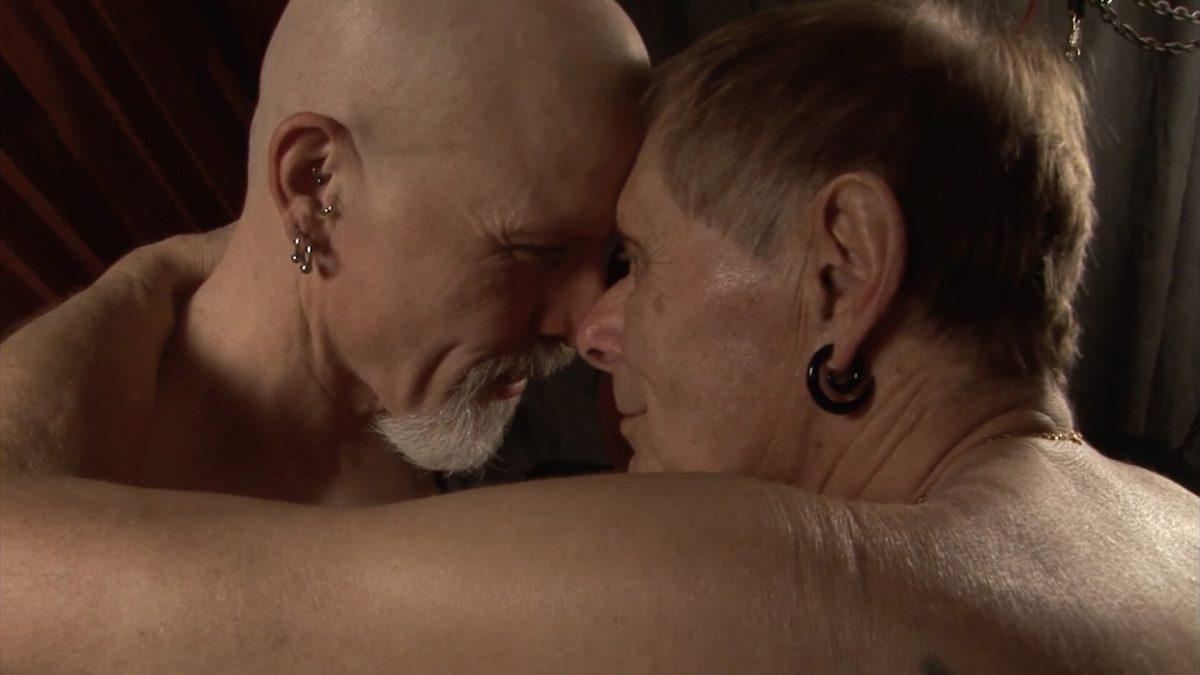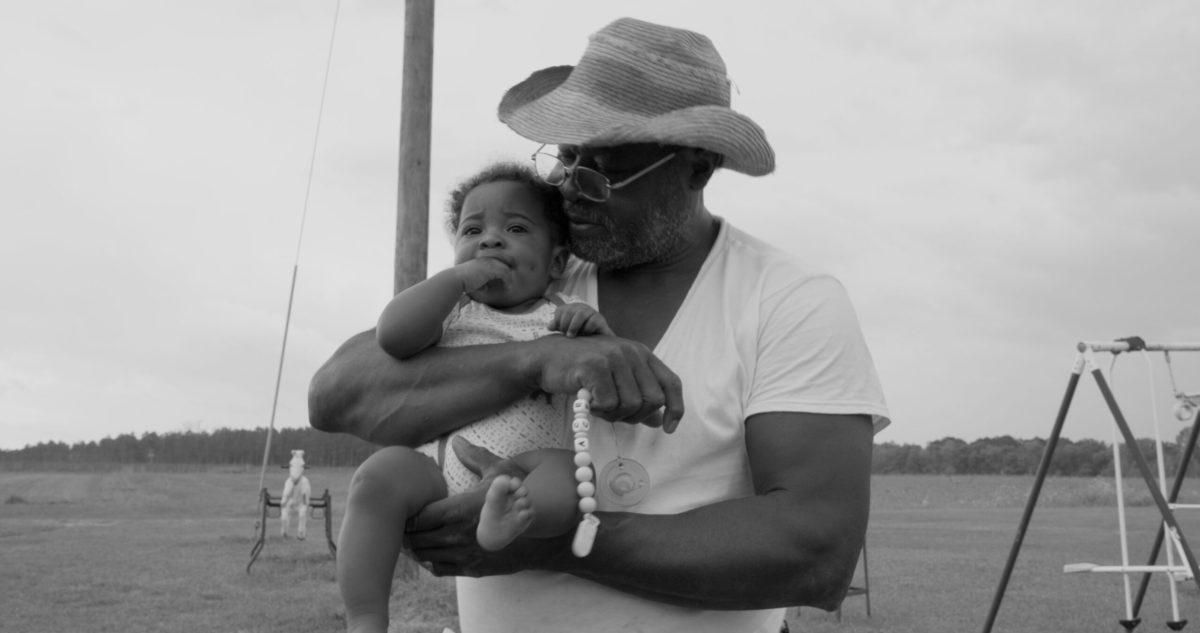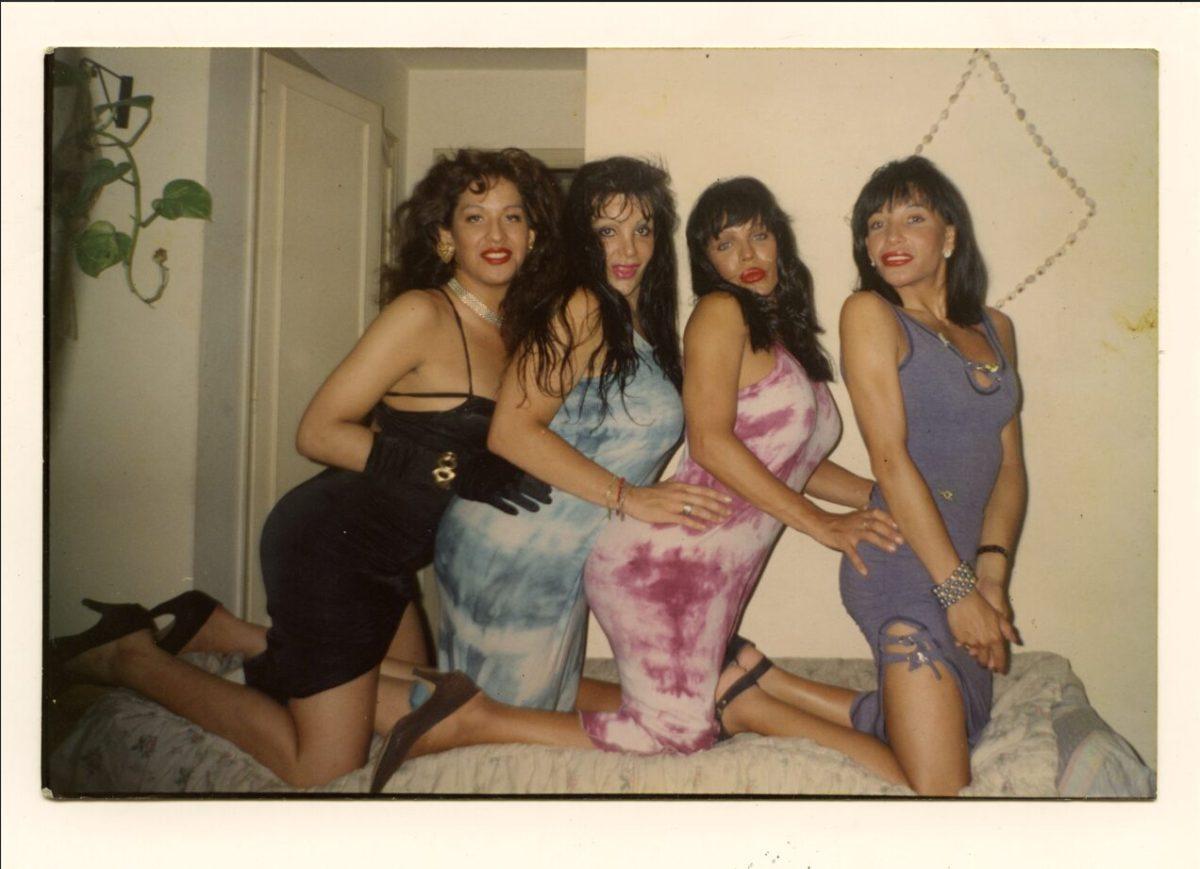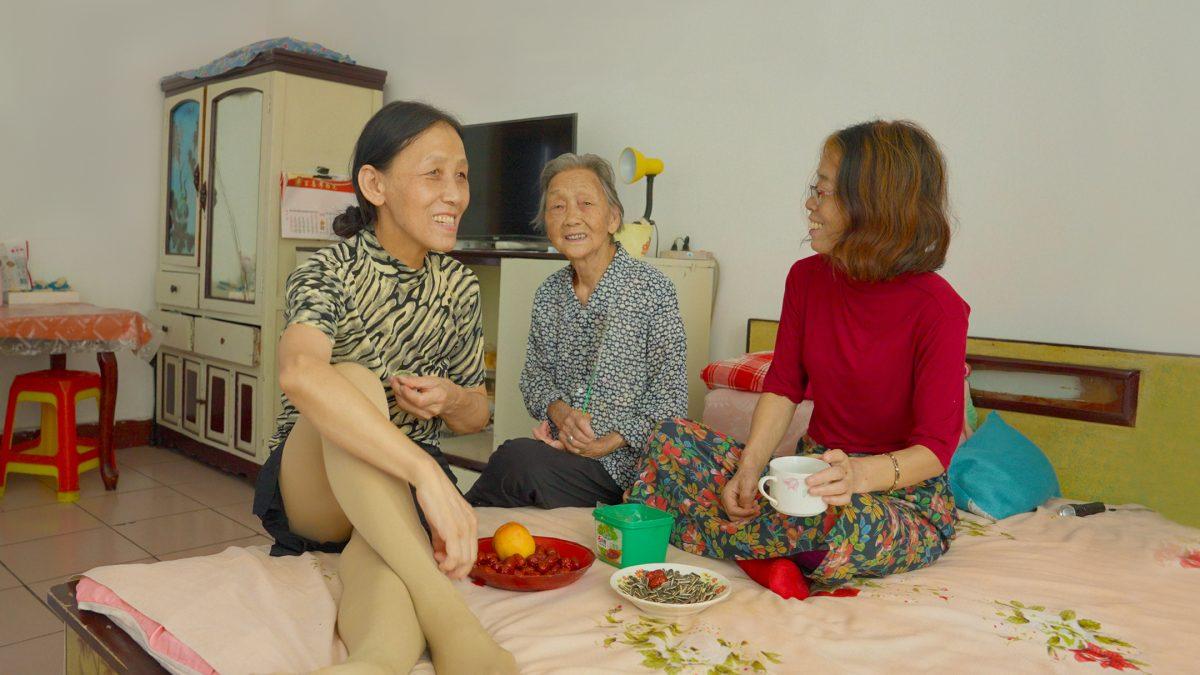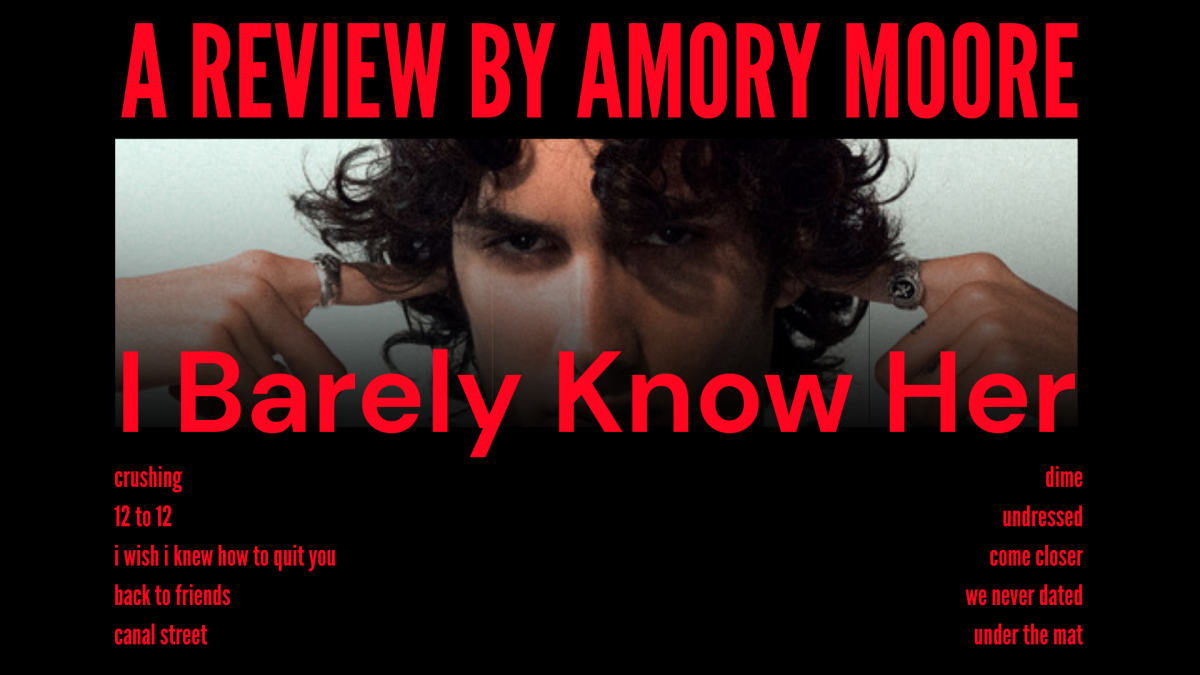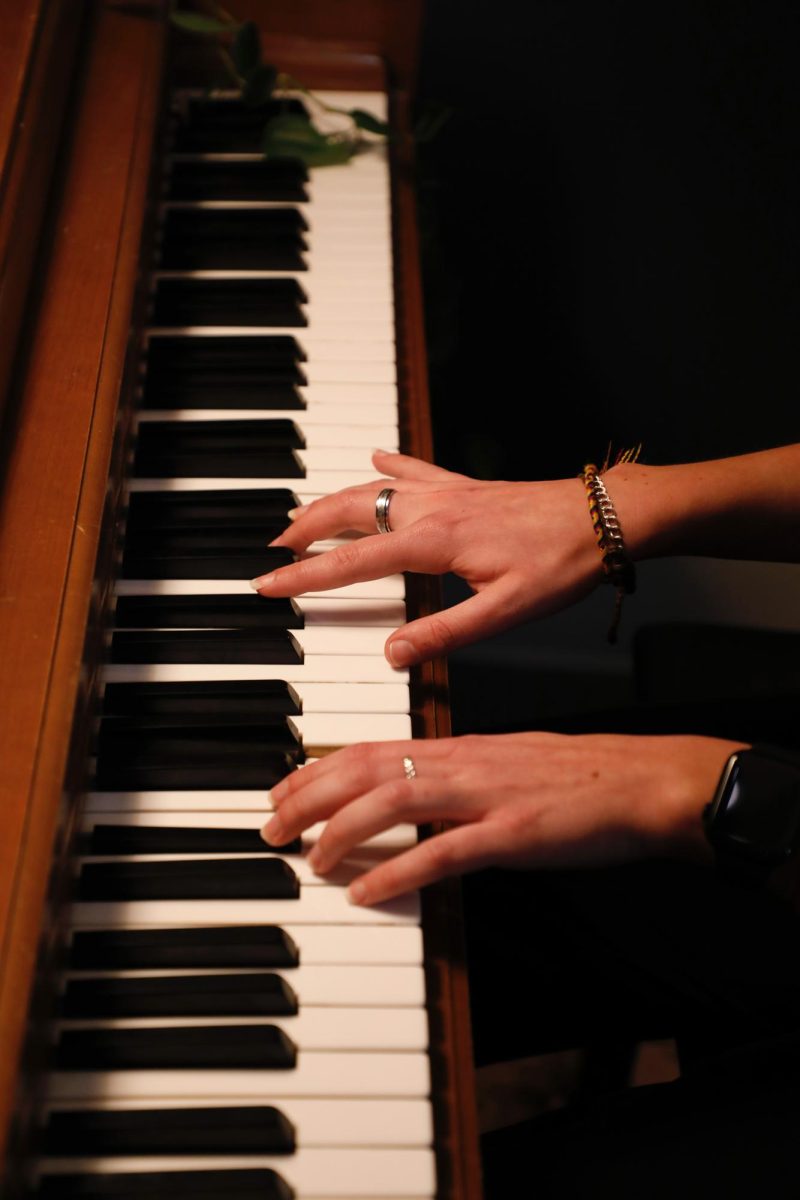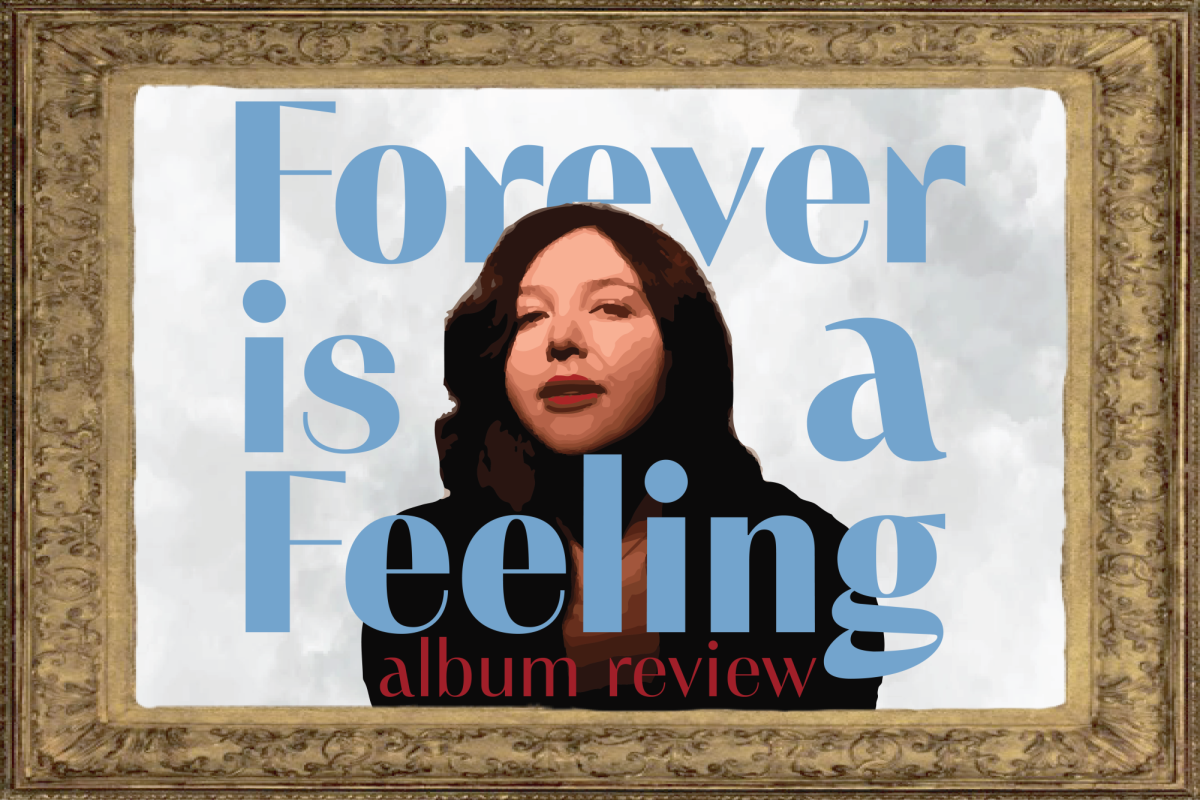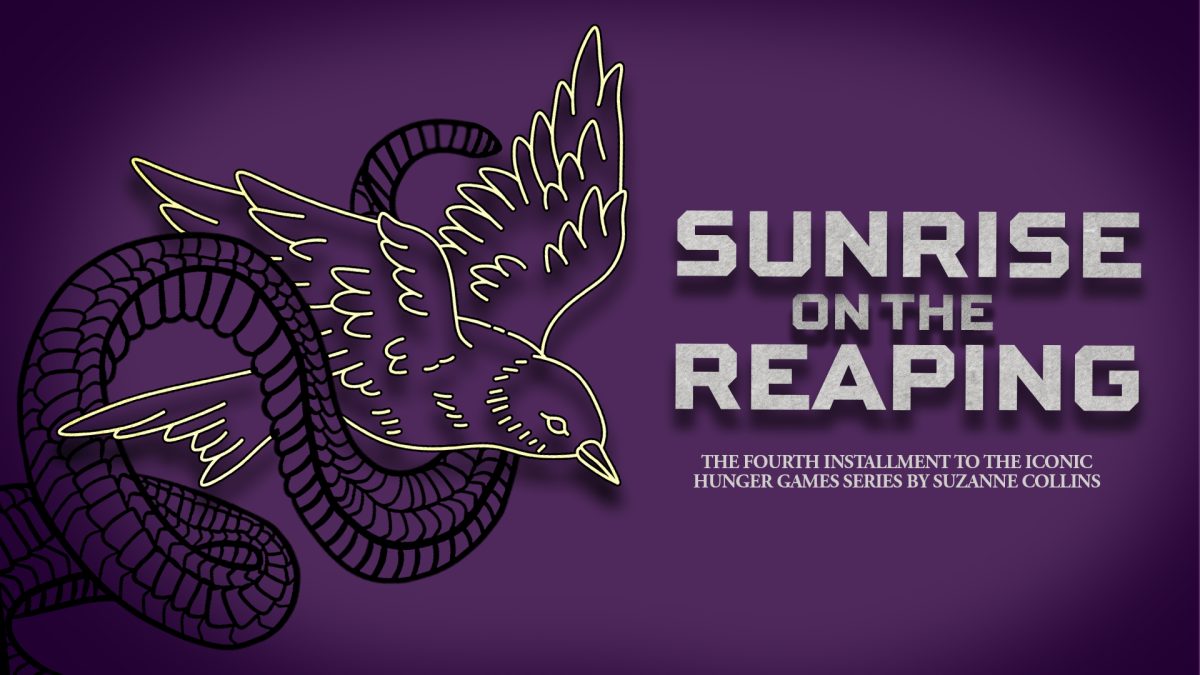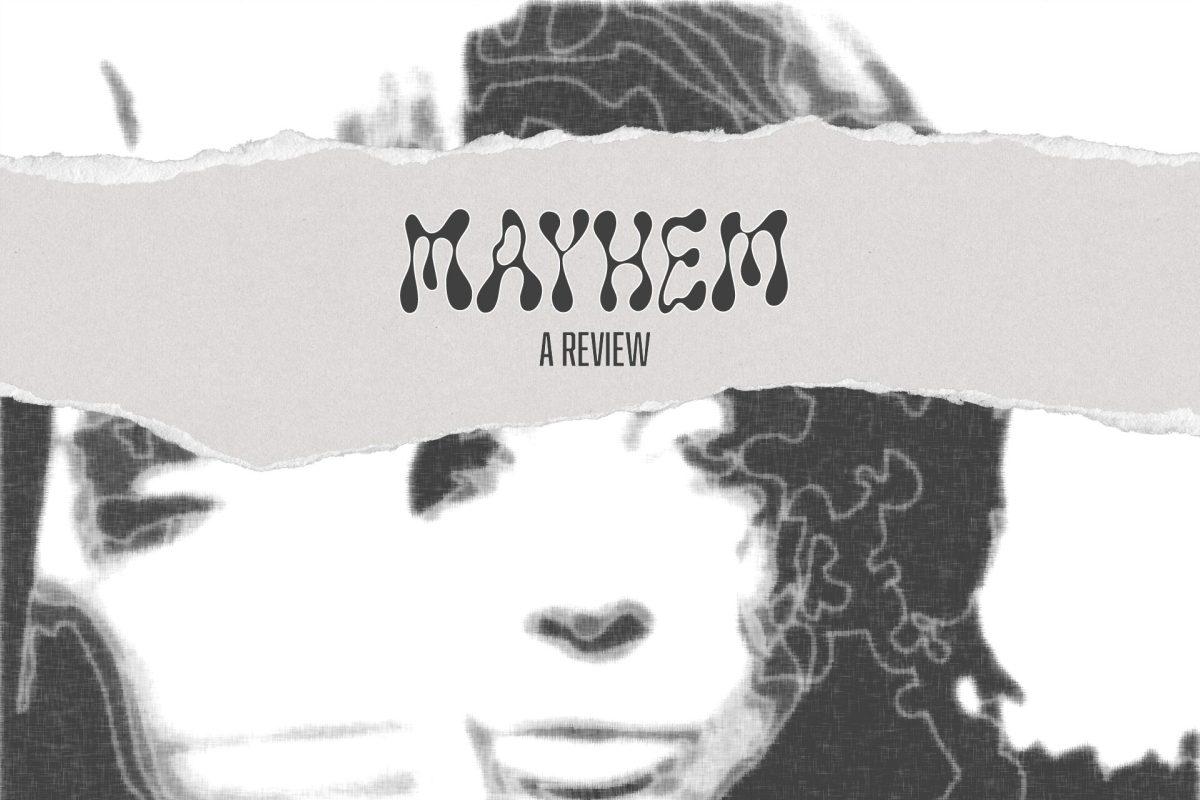Director Angelo Madsen tells the story of Fakir Musafar and his influence behind the primitive movement and the LGBTQ+ body-modification community
Director Angelo Madsen and their world premiere documentary “A Body To Live In” is an intimate documentary about the art of body modification, self-discovery, sexuality and spirituality. This film combined many interviews and stories from Fakir Musafar and others within his community. Musafar was known as one of the founding fathers of the modern primitive community, as he made art through body modifications, piercings and tattoos.
The main interviews within this documentary were from Musafar’s deathbed in 2018. Each gave an authentic interview about the primitive community and how it’s influenced a generation of people.
Throughout the documentary, Musafar recounted his experiences within the primitive community in the 20th century and how it shaped him into the artist he became. What started as a simple piercing on his chest, turned into a form of art using full-body piercings and tattoos to tell a story.
Musafar would use these body piercings to push certain boundaries and spread messages, and to form a sense of community from self-discovery and love. Throughout this journey, he became friends with members of many different LGBTQ+ communities and created groups that were related to the new primitive movement. He had found a community of people that were fascinated with body modification the same way he was, however he faced many setbacks and struggles that would compromise the community he helped build.
The documentary’s depiction of the AIDS epidemic of the ‘80s-’90s, in my opinion, was the most impactful part of this film. It showed the true imagery and emotion that was left behind as a result of the epidemic. A community that was built on self-love, discovery and healing was suddenly crumbling.
According to The British Academy, more than 1,600,000 people who were a part of LGBTQ+ communities died as a result of the AIDS epidemic by 1995, and Musafar, who once had a community of individuals that he supported and loved, was seemingly alone.
Although Musafar was hurting, he used this fire within him to help members of the next generation of the body modification community. He was a mentor to others who wanted to seek art through their bodies, and a living embodiment of self-love.
The way Madsen structured this documentary invited viewers into the lives of the people in LGBTQ+ communities throughout the late 20th-century. Madsen used more than 100 photos and had personal interviews with 12 different people who were close to Musafar, like Doug Malloy, Ornette Coleman, Jim Ward and Annie Sprinkle. Pictures of Jim Ward’s primitive piercing magazine PFI Quarterly were included, adding true authenticity to this documentary.
“A Body To Live In” is one of the most impactful documentaries I’ve watched in recent memory. Musafar’s story has positively influenced generations of people to find happiness and spirituality within themselves. Madsen’s storytelling was able to beautifully encapsulate the story of Musafar and his influence within the primitive community. Overall, I hope viewers will see the true beauty behind body art and the pioneering it took to modernize it into what it is today.
“A Body to Live In” can be seen on Friday, 10-11:38 p.m. at Rhynsburger Theatre and again on Sunday, 12:15-1:53 p.m. at The Blue Note.
Edited by Alyssa Royston | [email protected]
Copy edited by Hannah Taylor | [email protected]
Edited by Emilia Hansen | [email protected]
Edited by Emily Skidmore | [email protected]


